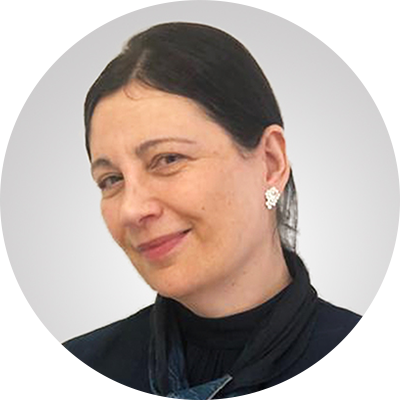Introducing the World’s First Ever 3D Printed School
After 3D printed houses, tech is coming to the aid of students in need.
Humanitarian-driven tech solutions can be so inspiring! In Madagascar, an island nation in the Indian Ocean, 250 miles off southeastern Africa, the world’s first 3D printed school is being built. The game plan is to kickstart the cheaper, faster, environmentally-friendly and community-led growth of much-needed schools worldwide.
This first ever 3D printed school will feature 3D printed walls, a vertical farm, and solar panels. The finished school will be a hybrid of 3D printed walls and locally-sourced materials for the construction of the roof, doors, and windows. It will run on solar power derived from roof panels.
An architectural scale printer from Finnish firm, Hyperion Robotics, will build the walls from the ground up, layer by layer, piping out smooth layers of reinforced concrete. The first school will be built on the campus of the School of Management and Technological Innovation in Fianarantsoa, a city in Madagascar’s south central area.
The honeycomb-like pod design allows for school expansion in the future, with the addition of multiple pods. Each pod will consist of a room with two bathrooms and front and rear entrances.
This school project is the fruit of a collaboration between Thinking Huts, a US nonprofit with a mission to increase global access to education through 3D printing, and architectural design agency, Studio Mortazavi, based in San Francisco, Lisbon and Paris.
Thinking Huts Founder, Maggie Grout, has always been grateful for the opportunities that her adoptive parents have given her. These spurred her to make a real difference to the lives of people in underprivileged communities.
View this post on Instagram
Experts will teach technologists in the local community to use the 3D printer, which will be donated to them, so that they can go on to independently replicate the process to expand the pilot school, and to build more schools elsewhere.
Why use 3D printing? Well this innovative approach shrinks the construction turnaround time from months to days, as well as the cost. This allows more schools to be built in less time and reduces the building’s carbon footprint. And these savings in time, cost and materials meet a real need for education infrastructure to help bridge the global opportunity gap.
This exciting school prototype, already praised by architects, is just the latest example of how 3D printing has branched out to serve critical needs. These take in everything from transplantable printed organs to industrial parts to housing.
Madagascar was chosen as the launch pad of the world’ first 3D printed school due to its stable political outlook as an emerging economy, the opportunities for growth, and its renewable energy potential. An important factor was the chance to form local partnerships that share the Thinking Huts mission of promoting education and community involvement. Longer term, the nonprofit hopes to have a Thinking Hut in every community where children do not have a place for education, and is fundraising to develop this goal.
Thinking Huts is also working with experts to assemble a rich curriculum of educational resources that includes practical life skills such as farming and sustainable agriculture. Their “Think Boxes” brimming with essential educational supplies are already available to schools and orphanages.
Here's how Ms. Grout explained this novel school building project and its huge potential to Goodnet: “By leveraging 3D printing, we are combining the potential of technology with architectural solutions that tackle real problems the world faces within education. It begins with access to education and having a safe place to learn — especially in areas where the internet is not a feasible reality.”
YOU MIGHT ALSO LIKE:
Creativity and Innovation Shine Through Remote Learning
New Handheld 3D Skin Printer Shows Great Promise in Healing Burns
Lagos Offers Free Smartphones to Promote Education







